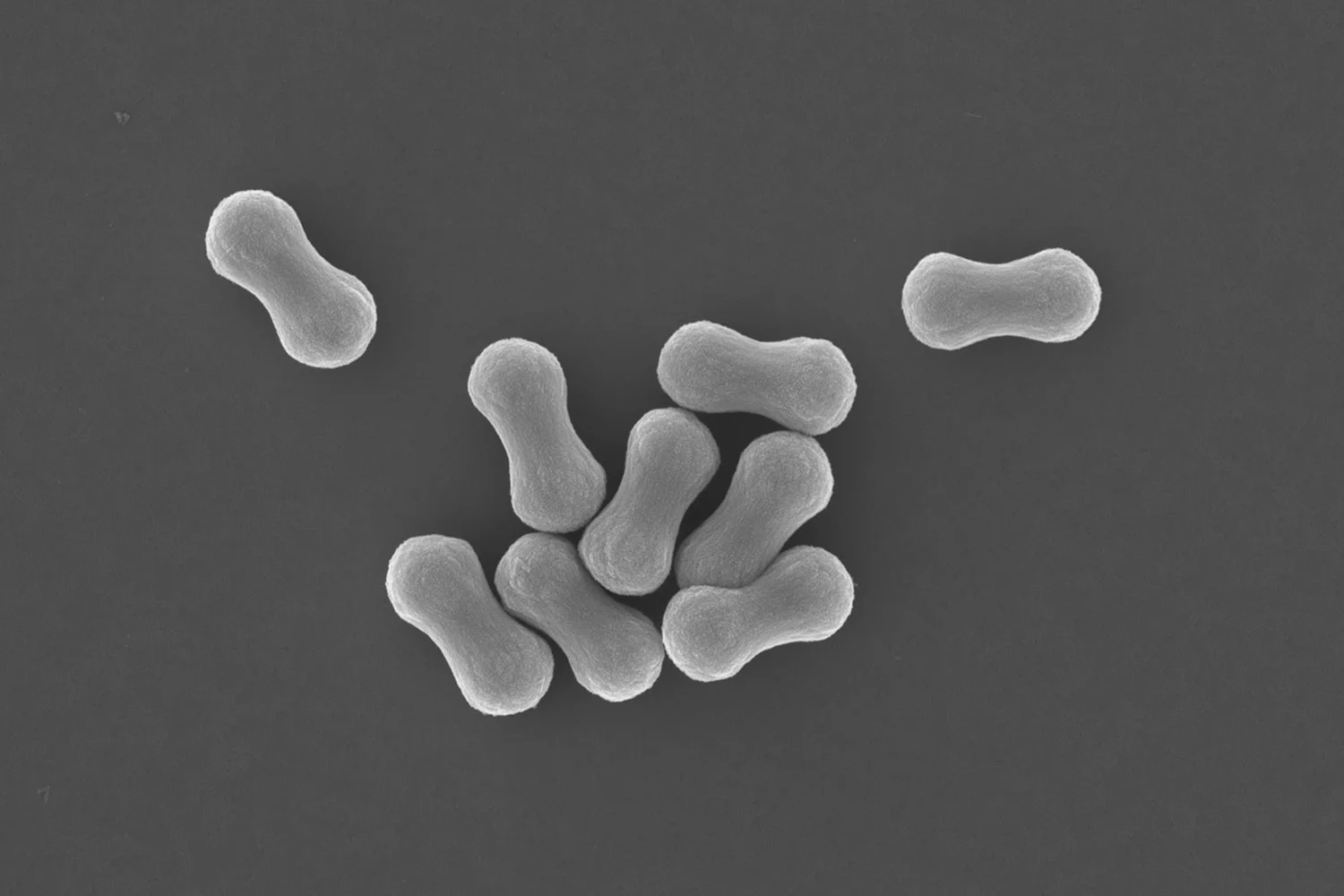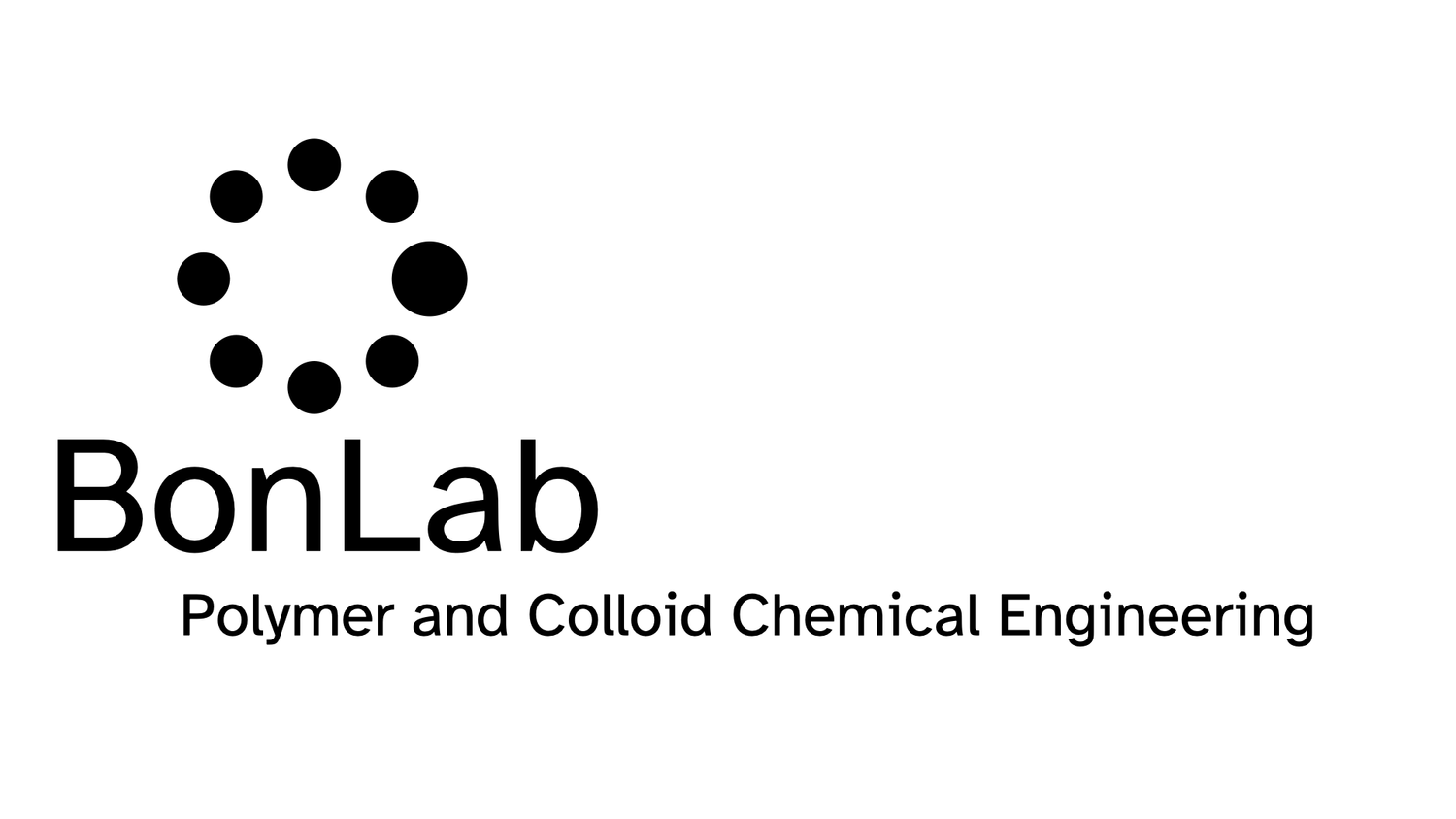
BONLAB BLOG
Thoughts
&
Scientific Fiction
Join us as a PhD student in autumn 2023
We have an exciting opportunity to join us in autumn 2023 as a PhD researcher. This PhD studentship will look at the behaviour of polymer colloids in freshwater flow environment.
This PhD studentship will look at the behaviour of polymer colloids in freshwater flow environment.
About the Project
Project Highlights:
· Fabrication of a range of model nanoplastics (polymer colloids) of various chemical composition (hard/soft, charge density, degradable/non-degradable, wettability with substrates) and shape by using the latest polymer colloid chemistry.
· Tracking of behavior (motion/retention) of polymer particles of various chemical composition and shape in freshwater (river/wetlands) environment.
· Development of water environmental models to discuss temporal and spatial nanoplastic accumulation, potential degradation, and its impact.
Overview:
The monitoring of the presence of microplastics in the environment (water, soil, organisms) has gained considerable traction, with a plethora of excellent initiatives. A recent example is that Californian state water resources control board has approved procedures for testing drinking water. The presence of plastic particles can enter the food chain for all living species, and potentially have a negative impact.
In this project we will look at particles in the diameter range of 20 nm – 5 micrometer, so considerably smaller than the 5 mm upper threshold, in other words a focus on the sub-micron range, plastic nanoparticles. In nature these exist in the form of a natural polymer latex (rubber trees, dandelions). Manmade polymer nanoparticles, in the form of polymer dispersions are produced in vast quantities since the 1930s for coatings/adhesives, paper production, medical diagnostic tests, to name but a few. These are often too small to be tracked with brightfield light microscopy.
We aim to fabricate a collection of model polymer dispersions in which the particles have varied characteristics in size, shape, molecular weight and chemical composition, and colloidal stability. A secondary focus is to make particles that will not degrade easily, and particles that are compostable/hydrolysable. For this we will use the latest polymer dispersion production techniques, such as (mini-) emulsion polymerization, and catastrophic phase inversion emulsification to prepare artificial latexes.
We then will study the underlying physical mechanisms that govern the particles’ motility behavior (flow hydrodynamics, dispersion and diffusion), residence and accumulation behavior (adhesion, crowding, coagulation, film formation, disintegration/decomposition) in model aquatic systems including stagnant pond, river, and wetland.
This project, for the first time, will provide a better understanding of how such small particles will behave across aquatic domains, where they will reside, and how they potentially can be degraded into harmless substituents.
The new insights offered by this project will enable understanding the dynamics of micro- and nanoplastics transport and fate in challenging turbulent flow systems. Hence, this project will provide a step change in environmental protection and integrated catchment management by understanding and quantifying the transport and fate of plastic nanoparticles.
Methodology:
The project will combine heterogeneous polymer chemistry, colloid science, and fluid dynamics.
Polymer nanoplastics will be prepared by heterogeneous radical polymerization techniques, where (mini-) emulsion polymerization is combined with reversible deactivation radical polymerization developments, to tune molar mass distribution, chemical composition, colloidal stability, and particle shape and architecture.
Tracking methods of the particles in water and model soils will be developed through combination of darkfield and fluorescence microscopy (Cyclops sensors), Raman spectroscopy, and off-line analysis methods, such as hydrodynamic fractionation, and elemental analysis techniques (atomic absorption, XRF, ICP-MS). Model development of particle motility behavior across different aquatic flow domains will be studied using open-source computational fluid dynamic modelling packages (OpenFOAM). The algorithms which will be developed within this project will be coupled with existing multi-phase flow models in order to simulate pollutant transport under various hydrologic conditions. Particle degradation will be studied by kinetic modelling (ODEs and Monte Carlo approaches).
Training and skills:
Training will be provided in polymer nanoparticle synthesis and characterization, colloidal behavior of the particles in fluid systems, and in a wide range of numerical tools to process and analyse experimental fluid dynamics data. The student will be trained in cutting-edge hydrodynamic and fluorometric measurement techniques including, Particle-Image-Velocimetry and Laser-Induced-Fluorescence. Through our industrial partners training will be provided on use and application areas of polymer nanoparticles, catchment planning and management, pollution risk management, habitat improvement, communication and public understanding of science. In addition, the researcher will be able to work closely with the wetland design and creation team.
Partners and collaboration (including CASE):
This PhD project benefits from supervision by two internationally leading research groups at the University of Warwick including, BonLab at the Department of Chemistry, and the Centre for Predictive Modelling at the School of Engineering. The research team of this project are internationally recognized for their research into polymer colloids, the plastic waste impacts on the environment and environmental chemistry. Besides the standard NERC PhD funding, the project is supported by the ‘Garbage In, Value Out’ project funded by the UK Foreign and Commonwealth Development Office, and current industrial collaborators from the two teams. The Student will have the opportunity of working closely with the research end-user and long-term industrial collaborators such as Unilever and Synthomer and our industrial consortium the Polymer Club. We envisage that the project will attract interest from industrial players with opportunities for short internships in plastic recycling technologies and challenges, communication and public understanding of science and plastic pollution risk management.
Possible timeline:
Year 1: Basic research skill training; literature review and familiarization with heterogeneous polymerization methods and (colloidal) analysis techniques and development of methodology for polymer dispersions.
Year 2: Comprehensive laboratory hydrodynamic and fluorometric measurements for solute, micro- and nanoplastic transport under various hydraulic conditions within a range of aquatic domains (river, pond, wetland). Investigating the impact of particle density, size and shape on the transport and fate of microplastics.
Year 3: Detailed analyses of laboratory data, developing models suitable for simulating solute and microplastic transport under various environmental flows, and inclusion to the existing numerical codes. Writing the thesis will take place during the final year
For further details about the programme and for information on how to apply please see the following link https://warwick.ac.uk/fac/sci/lifesci/study/pgr/studentships/nerccenta/
Funding Notes
Home (UK) students who have been ordinarily resident in the UK for at least three years can apply for full awards covering tuition fees and annual stipend for living costs.
International students (including EU Students) can apply for jointly funded awards covering tuition fees in full and annual stipend for living costs.
Successful International candidates would need to cover all other costs themselves including Health Surcharge, visa and flights.
References
Rillig, M.C. (2012) ‘Microplastic in terrestrial ecosystems and the soil?’, Environmental Science and Technology 46, 6453-6454.
Ballent, A., Pando, S., Purser, A., Juliano, M.F. and Thomsen, L. (2013) ‘Modelled transport of benthic marine microplastic pollution in the Nazaré Canyon’, Biogeosciences 10(12), 7957-7970.
Besseling, E., Quik, J.T.K., Sun, M. and Koelmans, A.A. (2017) ‘Fate of nano- and microplastic in freshwater systems: A modeling study’, Environmental Pollution 220, 540-548.
Join BonLab as a PhD student in 2022
We are looking for enthusiastic and dedicated people to join the BonLab as a PhD student. Start dates are Oct-Dec 2022. Do you have what it takes to work at the forefront in supracolloidal chemical engineering?
You will be working under guidance of prof.dr.ir. Stefan A. F. Bon on an exciting 3.5 year project in collaboration with industry in the area of polymer and colloid science. The project will relate to:
Next generation sustainable polymer colloids
This projects deals with the fabrication of sustainable polymer colloids and capsules and their use as building blocks for a range of supracolloidal materials. We will look at alternatives to free radical polymerization methods under the tentative title: “oh, but its not microplastics”. Not only will we look at innovative fabrication methods, we will look at the formulation process involved during the processing into colloidal products, and we will characterize the physical and mechanical properties of the materials made.
Enquiries, which should include a CV with the names of two referees, should be made to prof.dr.ir. Stefan A. F Bon (s.bon@warwick.ac.uk)
Requirements:
An eligible student must hold, or be predicted to obtain, at least a 2.1 4-year degree in Chemistry, Chemical Engineering, Physics, or an equivalent scientific discipline. Exceptional students with a 3 year BSc degree will also be considered. This studentship is open to UK and EU (pre-) settled nationals and those of equivalent status* (fees paid, plus annum stipend). Availability is for 3.5 years.
*Please note - ELIGIBILITY - Applicants from outside the UK are eligible for this post if they can bridge the gap between home and overseas study fees.
Use of macromonomers as reactive stabilizers in mini-emulsion polymerization
A mini-emulsion polymerization is a variation on the more conventional emulsion polymerization process in that in the ideal scenario latex particles are formed by monomer droplet nucleation. The monomer droplets are turned into polymer particles. The trick to achieve this is to shrink monomer emulsion droplets to sub-micrometer diameters. For this two ingredients are key, one is a lyophobe, a compound that dissolves in the monomer droplet but does not like to partition into the continuous phase, here water. Typically n-hexadecane is used. This compound suppresses coarsening, also called Ostwald ripening, of the droplets by providing an Osmotic counter pressure. The other essential ingredient is a surfactant which aids to stabilize the large combined surface area of the droplets and keeps then from colliding and fusing (colloidal stability).
The use of molecular surfactants, however, can have negative impacts when the polymer latex is used in formulations and applications as the surfactant can migrate. For example in a clear coating it could lead to uptake of water, causing the transparent coating to become opaque, a phenomenon known as water whitening.
A mini-emulsion polymerization is a variation on the more conventional emulsion polymerization process in that in the ideal scenario latex particles are formed by monomer droplet nucleation. The monomer droplets are turned into polymer particles. The trick to achieve this is to shrink monomer emulsion droplets to sub-micrometer diameters. For this two ingredients are key, one is a lyophobe, a compound that dissolves in the monomer droplet but does not like to partition into the continuous phase, here water. Typically n-hexadecane is used. This compound suppresses coarsening, also called Ostwald ripening, of the droplets by providing an Osmotic counter pressure. The other essential ingredient is a surfactant which aids to stabilize the large combined surface area of the droplets and keeps then from colliding and fusing (colloidal stability).
The use of molecular surfactants, however, can have negative impacts when the polymer latex is used in formulations and applications as the surfactant can migrate. For example in a clear coating it could lead to uptake of water, causing the transparent coating to become opaque, a phenomenon known as water whitening.
Already in the 1990s one came up with the solution to use surfactants that could become part of the polymer. Buzzwords were inisurfs, surfmers, and transsurfs.
In our paper we look at macromonomers that are surfactants, which have been made by a technique called catalytic chain transfer emulsion polymerization (see image for chemical structure), and use these as reactive stabilizers in mini-emulsion polymerization.
ω-Unsaturated methacrylate macromonomers as reactive polymeric stabilizers in mini-emulsion polymerization
These macromonomers are of renewed interest, and indeed we have used them in bonlab before to demonstrate polymerization induced self-assembly (PISA), their modification into reactive nanogels as Pickering stabilizers to make Janus and patchy polymer colloids, and as stabilizers in conventional emulsion polymerization.
The paper focusses on a mechanistic study on how they operate as colloidal stabilizers and what the impact of their use is on the mini-emulsion polymerization process with a focus on particle size distribution and morphology. PhD researchers Josh Booth and Josh Davies (an undergraduate student at the time) carried out the experimental work which formed the basis of this study.
We believe there is evidence that polymerization triggers a destabilization of the balance between Ostwald ripening and the added hexadecane hydrophobe, evident from particle shape analysis. Also we show that too much surfactant is bad, as it can trigger depletion flocculation on the mini-emulsion droplets during high-shear emulsification.
The paper is published in the scientific journal Polymer Chemistry from the Royal Society of Chemistry.
More on the paper:




